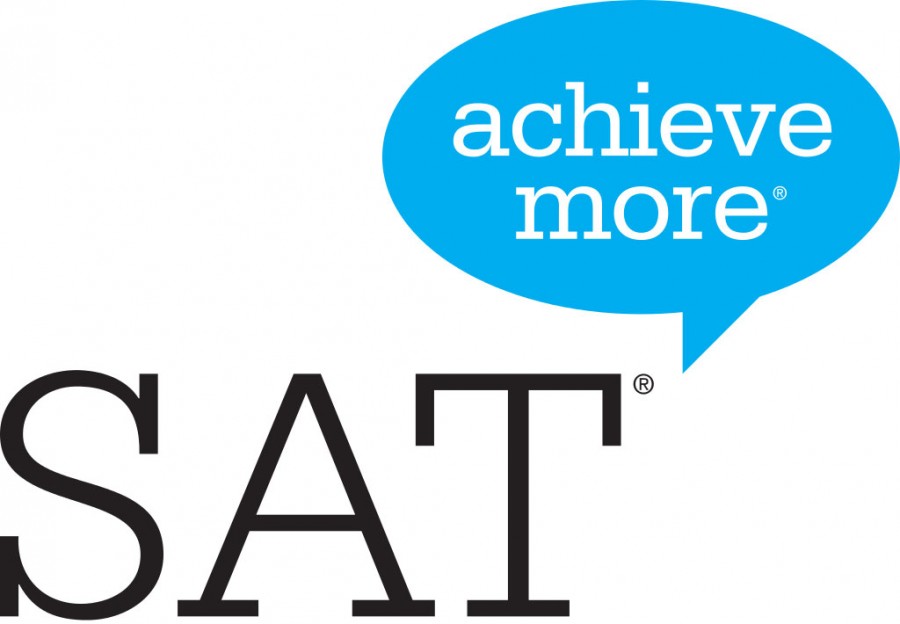Illinois considers SAT
Budget issues, contracts halt final decision
January 29, 2016
Despite long term use of the ACT to test high school students’ preparedness for college, the state of Illinois has voiced incentive to switch to the recently redesigned SAT. Although the switch is not official, the lower cost and alignment to the Common Core are positive aspects that are likely to contribute to the transition.
Even though the testing situation in Illinois remains unconfirmed, LT has decided to provide an in-school ACT to juniors on April 19, despite having to fund the cost of administering the test, Coordinator of Assessment and Research Katie Smith said.
“We have a one-year [contract],” Smith said. “We’ll have to make decisions [about testing] based on what the state decides or what the state can pay for moving forward.”
For nearly 15 years, the ACT has reigned supreme in Illinois as a mandatory test for high school graduation. As a result, the amount of SAT test-takers has declined 46 percent over the past seven years in Illinois, according to the Washington Post.
“[The ACT] format is formulaic enough to really study for efficiently,” Cristian Gonzalez ’16 said. “The SAT, in my opinion, is very difficult. Many of the questions were written complexly and, especially for the English part, used a ton of jargon.”
According to the College Board, the organization that administers the SAT, and The Washington Post, the new reformatted SAT will return to a 1600-point scale that was previously employed until 2005, when the exam switched to a 2400-point scale. The new SAT will exclude the infamous, obscure vocabulary that had been a component of the test; instead, it will test words frequently used in real life and will no longer include a 1/4-point guessing penalty.
“I like that the SAT has taken these steps to make the test a tad more fair,” Gonzalez said. “Hopefully in the long run this’ll prove to help the students do better.”
Although questions remain over what will ultimately happen with standardized testing in Illinois, the College Board offers several practice SAT (PSAT) tests for students in eighth, ninth, and 10th grades before they take the real SAT, Smith said.
“If the state did switch, it would allow for the potential to bring on assessments that would predict the SAT score at earlier years,” Smith said.
Alike to the SAT, the PSAT/NMSQT administered in the fall of 2015 reflected changes that coincided with those made to the SAT, according to the test prep company Ivy Global. This specific test is given the NMSQT acronym to delineate its usage as the National Merit Scholarship Qualifying Test, which gives students the opportunity to qualify as National Merit Scholars and earn scholarship awards.
“I took a PSAT prep class during the summer so I figured I should probably take the test,” Lucy Meehan ’17 said. “It was not the [testing] format I was used to since I spent a good chunk of time in the summer preparing for the ACT.”
Even though there are benefits of the redesigned SAT, the LT community is less experienced with the format of that assessment. Fewer than 80 students took the SAT during the 2014-2015 school year, Smith said.
“I think if Illinois switched to the SAT [it] would pose some issues,” Meehan said. “A lot of students have committed to preparing for and taking the ACT.”





















![Movie poster for '[Rec]" (2007).](https://www.lionnewspaper.com/wp-content/uploads/2023/04/rec-640x900.jpg)


